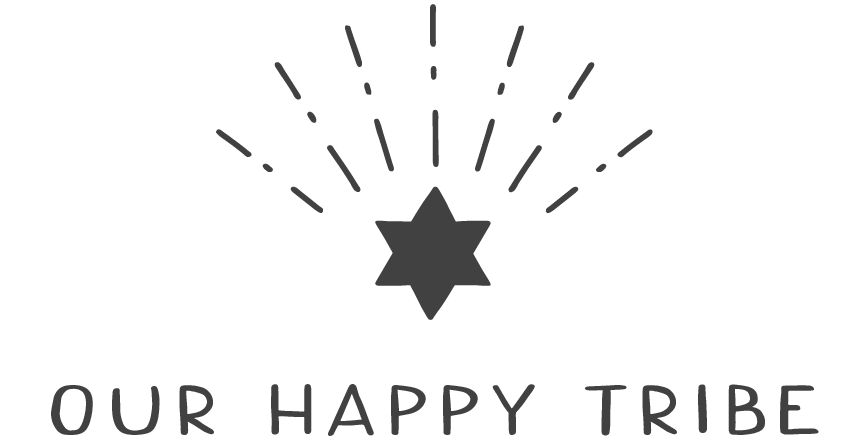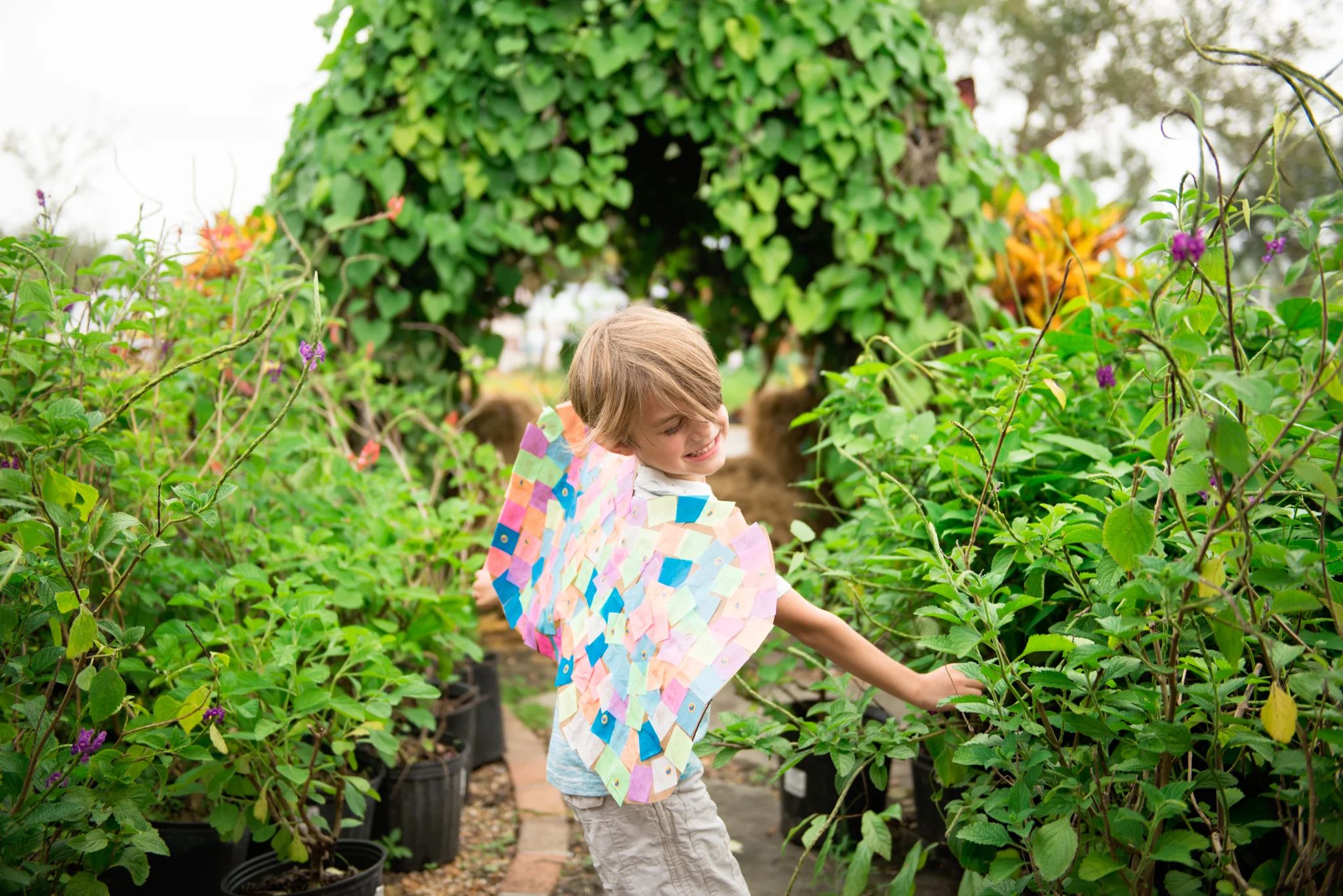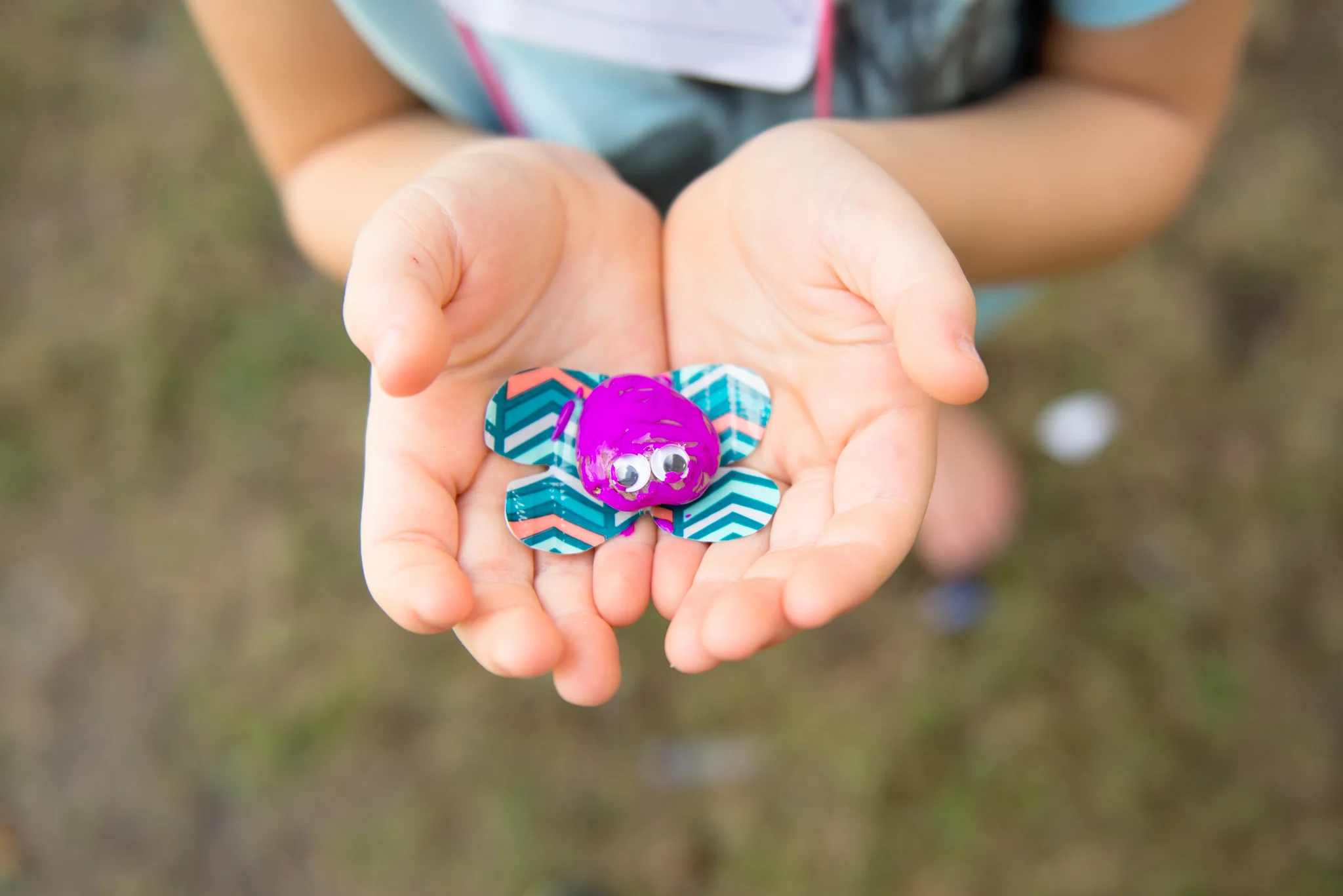Colorful and optimistic, rainbows are all kinds of happy combined together for a few perfect moments. It’s not surprising that so many cultures have their own story about rainbows - from pots of gold (Irish)
Welcome to
Our Happy Tribe!
This blog is filled with ideas to turn everyday moments into Jewish moments, especially for families with young children.


















